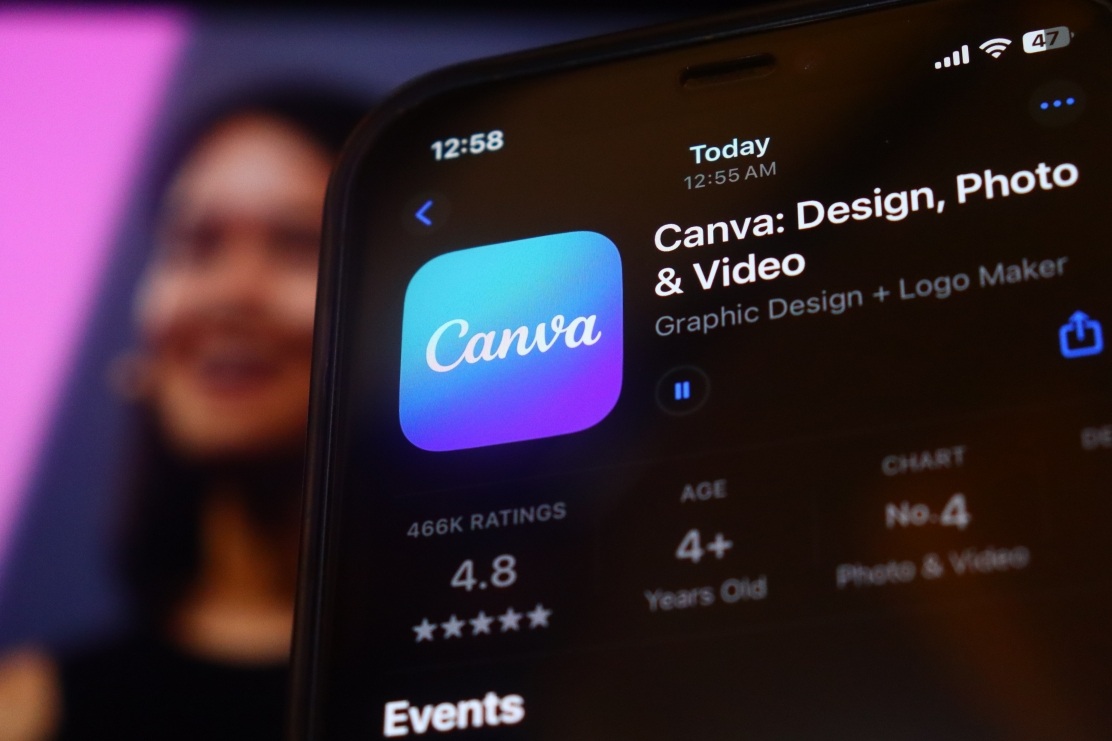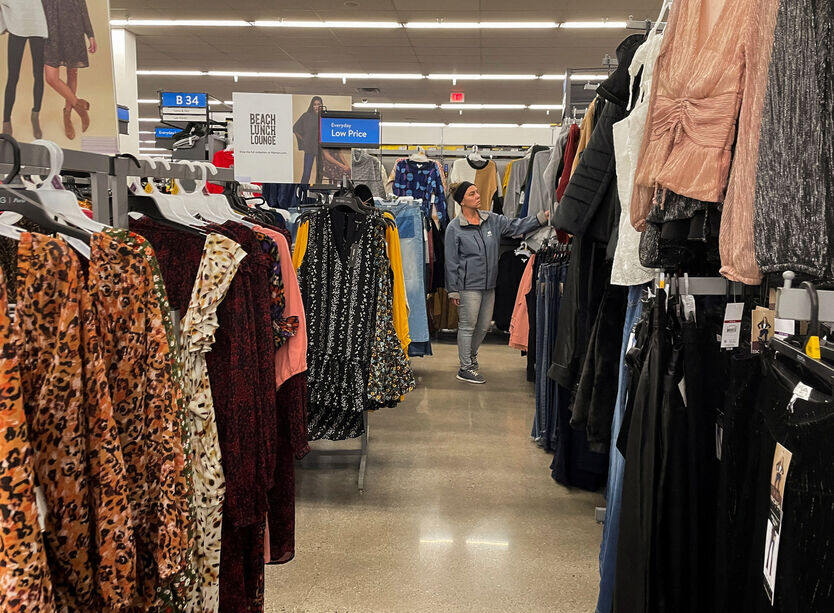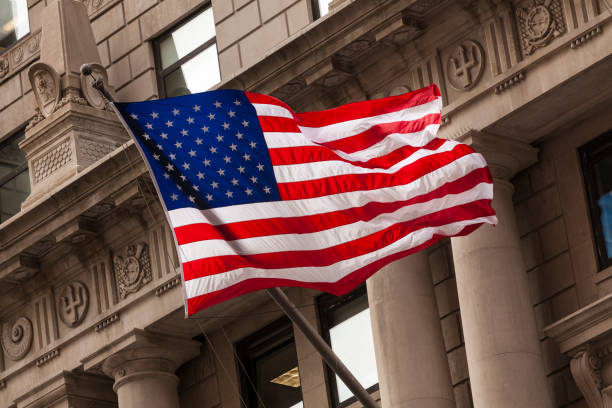BREAKINGVIEWS-Influencers have defences against an AI onslaught

By Karen Kwok
LONDON, Aug 20 (Reuters Breakingviews) - Turns out there is in fact something less real than a TikTok or YouTube influencer’s carefully curated life: one that doesn’t exist at all. Hyperreal digital personas created by artificial intelligence are muscling into the market in which brands pay $11 billion annually to the famous and not-so-famous to raise awareness of their wares. That’s a problem for the humans, but maybe not an insuperable one.
So-called “AI influencers” are developed by teams using tools such as AI text-to-video generation developed by Adobe ADBE.O or Google. One example is Yuri, a virtual singer created by a Chinese artist named Hanqing, who racked up 7 million streams after her debut and is involved in a planned marketing campaign by The North Face, the outdoor clothing brand owned by $5 billion VF Corp VFC.N. Hanqing choreographs her lifestyle and interactions – just like she’s a real star.
Compared to humans, digital talent is cheaper. A collaboration with an AI influencer, which includes a video, a few posts, and Instagram stories, can cost as little as $4,000, Lauren Hannifan of AI influencer agency Pixel reckons. A real-world influencer with 100,000 followers could cost more than twice that. For brands, the appeal goes beyond cost: AI avatars don’t have mood swings, agency disputes, or off-topic opinions. Companies can even co-create characters with studios, to retain full control over tone and message.
This is bad news for human influencers like Khaby Lame and Charli D’Amelio, who are already seeing consumer brands spending less aggressively. U.S. influencers’ revenue growth is set to slow to 15% this year, down from 24% last year, according to eMarketer estimates. A McKinsey survey found 68% of global fashion consumers are unhappy with the saturation of sponsored posts, and turn less frequently to influencers than a few years ago. If audiences can’t tell the difference between AI and human, or worse stop caring, things will deteriorate further.
Still, human influencers have some cause for comfort. High-quality avatars demand serious upfront investment – as much as eight months of unpaid development to build, train and test, according to The Clueless, the agency behind Aitana Lopez, a pink-haired virtual fitness model who now earns over $1,100 per advertisement.
The perfect control enabled by AI may also come at the cost of credibility. Too much polish can repel audiences. And given over 50% of Gen Z and younger generations already dislike engaging with AI-generated influencers, according to a YouGov survey of U.S. consumers, a belated audience realisation that an assumed human influencer is actually AI may destroy rather than bolster brand value.
“Even real idols have a designed personality,” Yuri mused in one of her videos. That may be true – but it doesn’t mean AI types like her will have everything to themselves.
Follow Karen Kwok on LinkedIn and X.
CONTEXT NEWS
U.S. creator revenues from social media sponsored content are set to hit $10.5 billion in 2025, according to research group eMarketer.






